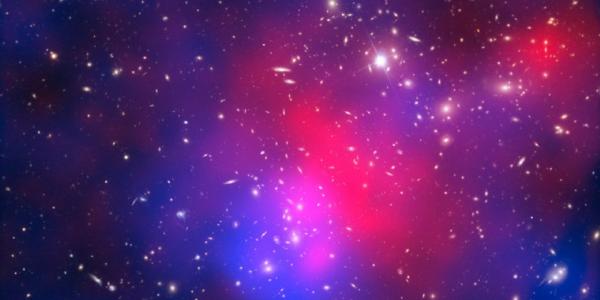Physics Theory Seminar with Gregory Potel on Nuclear Josephson-like γ-emission
Josephson-like junctions, transiently established in heavy ion collisions between superfluid nuclei few MeV below the Coulomb barrier, allow for the back and forth transfer of a nuclear Cooper pair of effective charged nucleons and thus the emission of γ-rays. We present a description of this novel phenomenon in terms of a second order DWBA T-matrix formulation, extensively used in the study of pairing rotational bands with two-particle transfer reactions. This γ emission, together with the nuclear structure result that the BCS condensation order parameter α0 =Σν>0 UνVν (number of Cooper pairs), sum of the coherence factors UνVν (two-nucleon transfer spectroscopic amplitudes), is quite stable with respect to model description, suggests the emergence of two strongly convergent parameters (conserved quantities) within the time the abnormal densities of the two superfluid nuclei overlap: a) the correlation length (dc); b) the number of emitted γ-rays per cycle (ac), and thus the dipole moment of the successively transferred nucleons. Result which leads to a consistent nuclear parallel with the direct current (dc) and alternating current (ac) Josephson effects, and which testifies to the validity of BCS theory of superconductivity down to few Cooper pair condensates, and single Cooper pair alternating currents.
Zoom link available upon request at physics@wustl.edu.
Post-docs and students' Q&A with the speaker starts at 2:15 pm. Contact Garrett King for the Q&A Zoom link.

